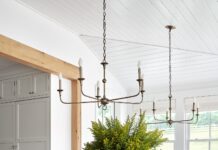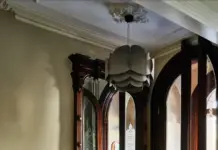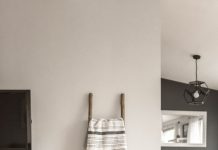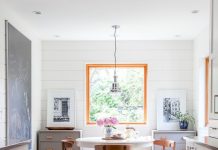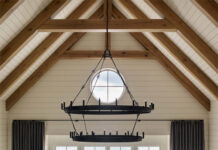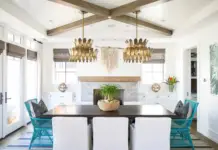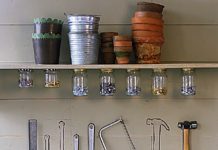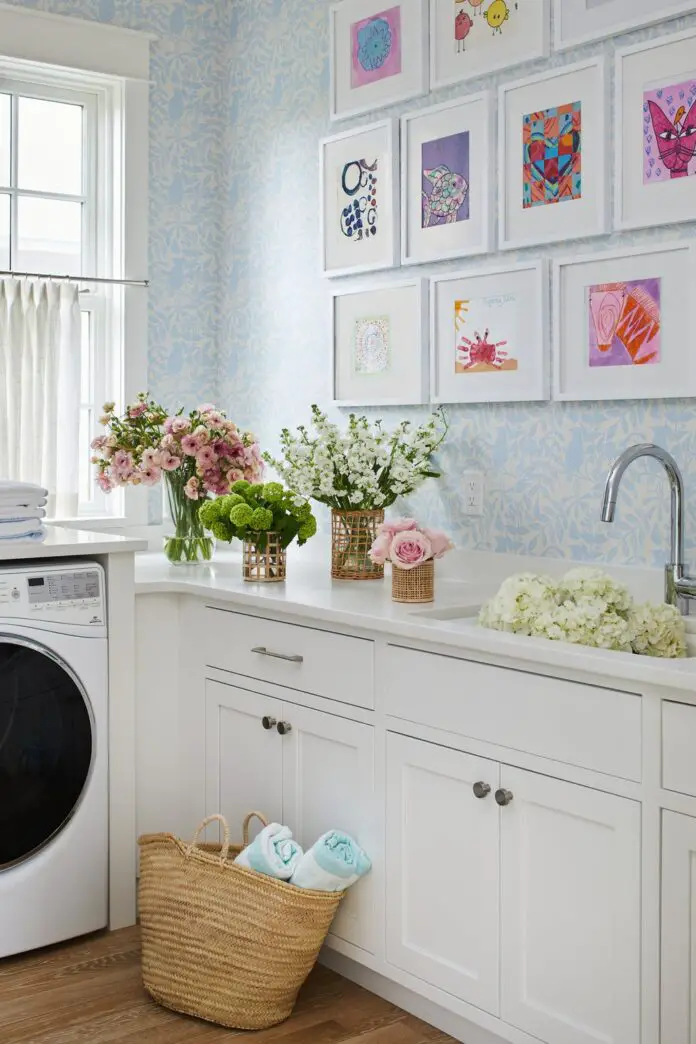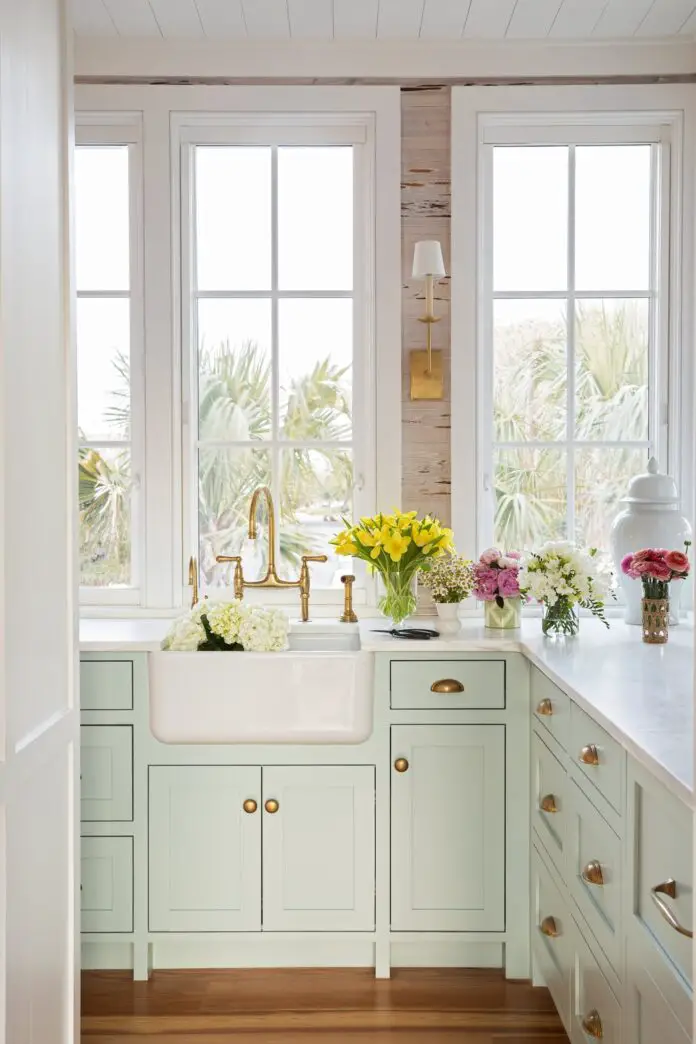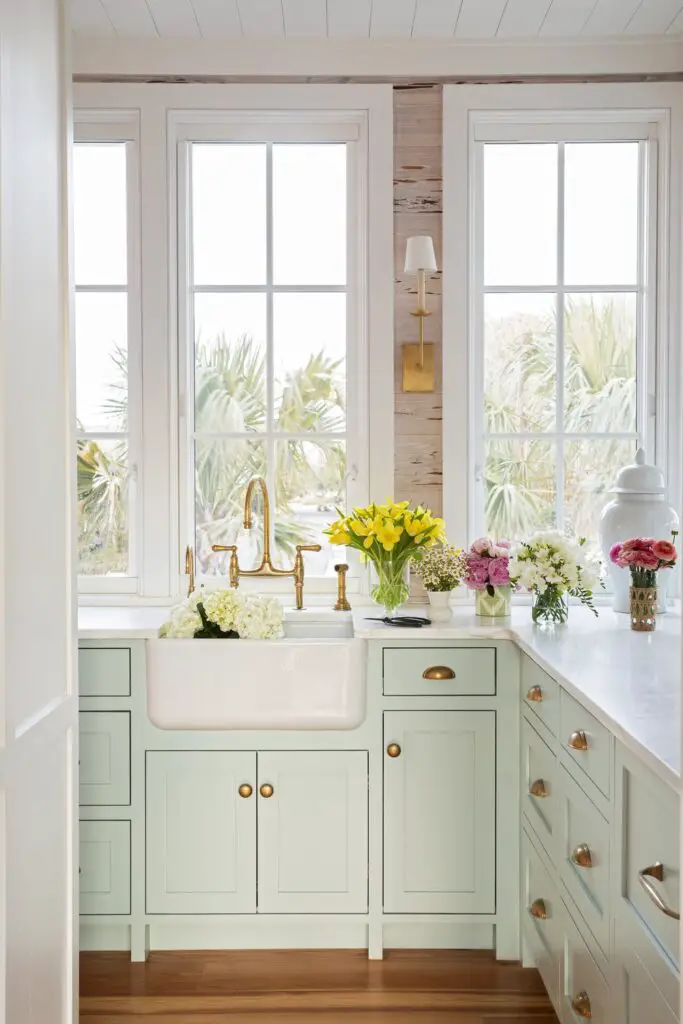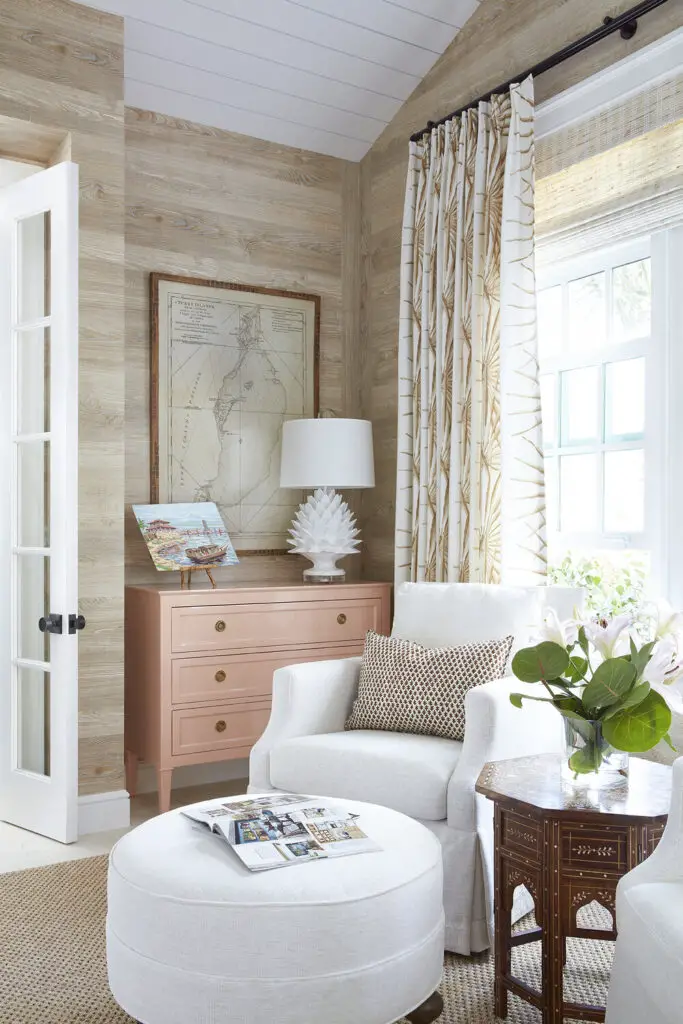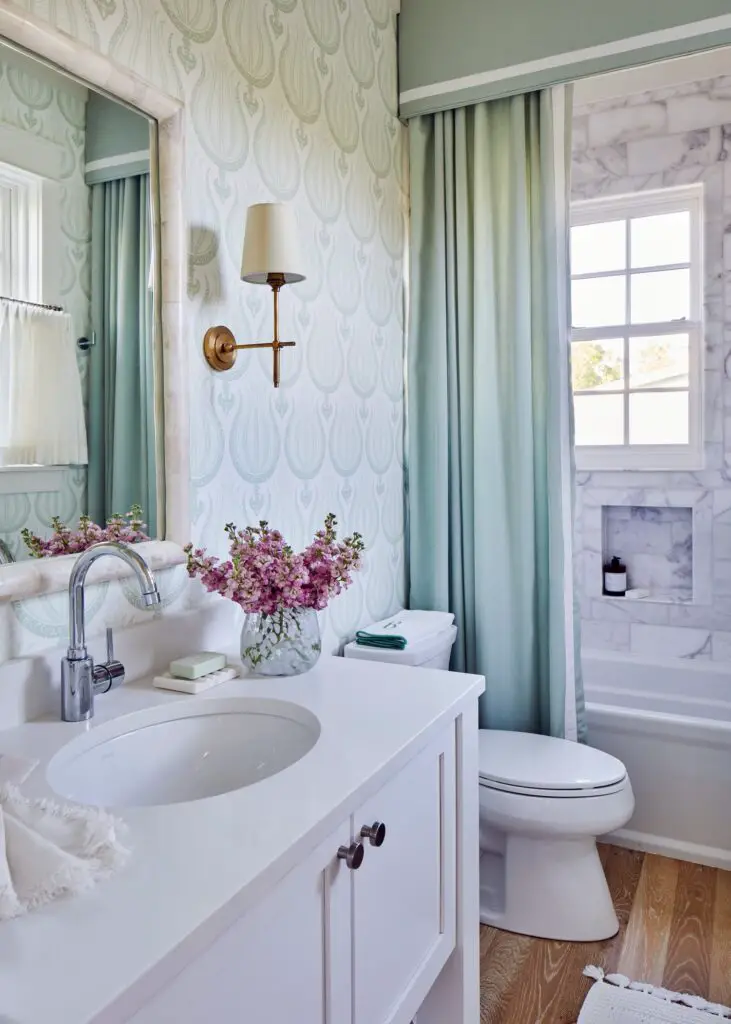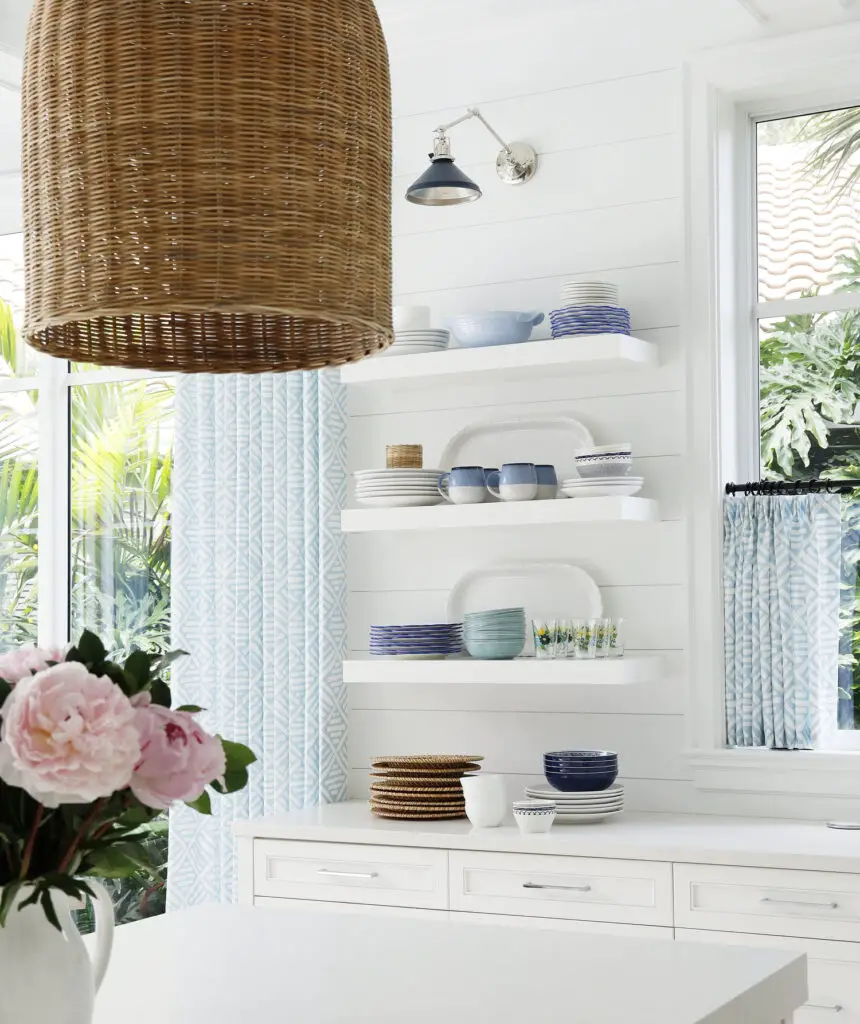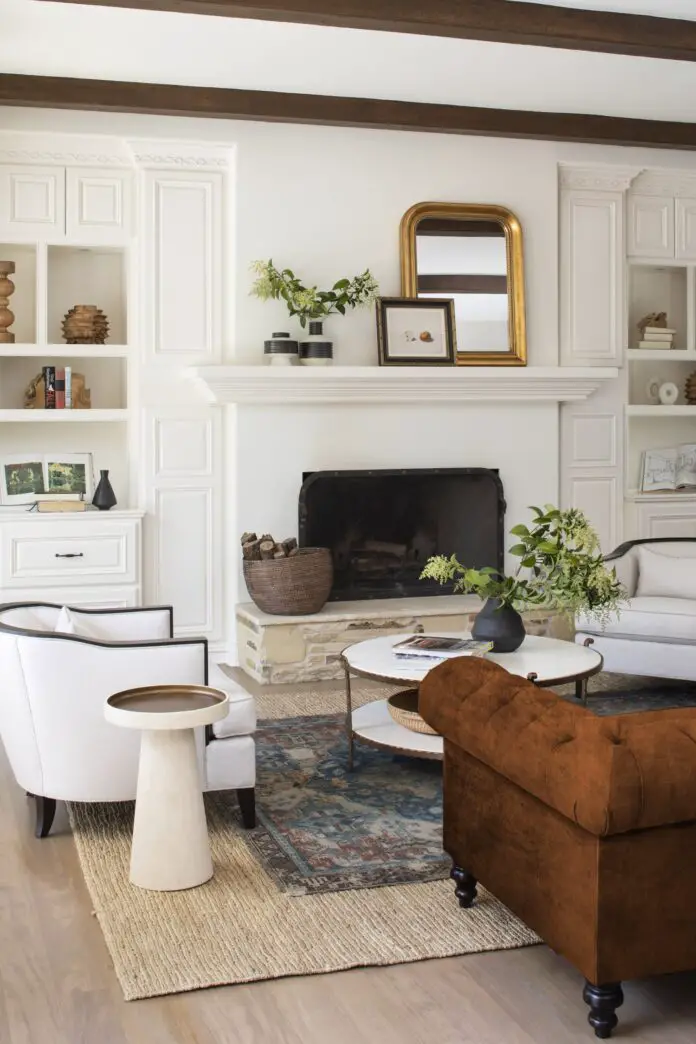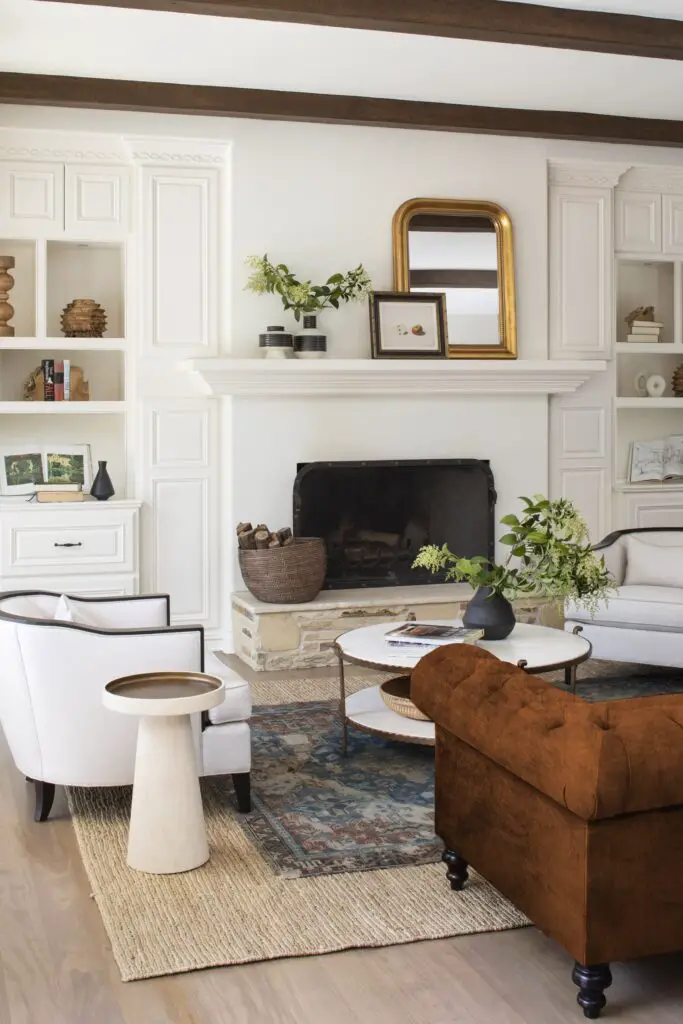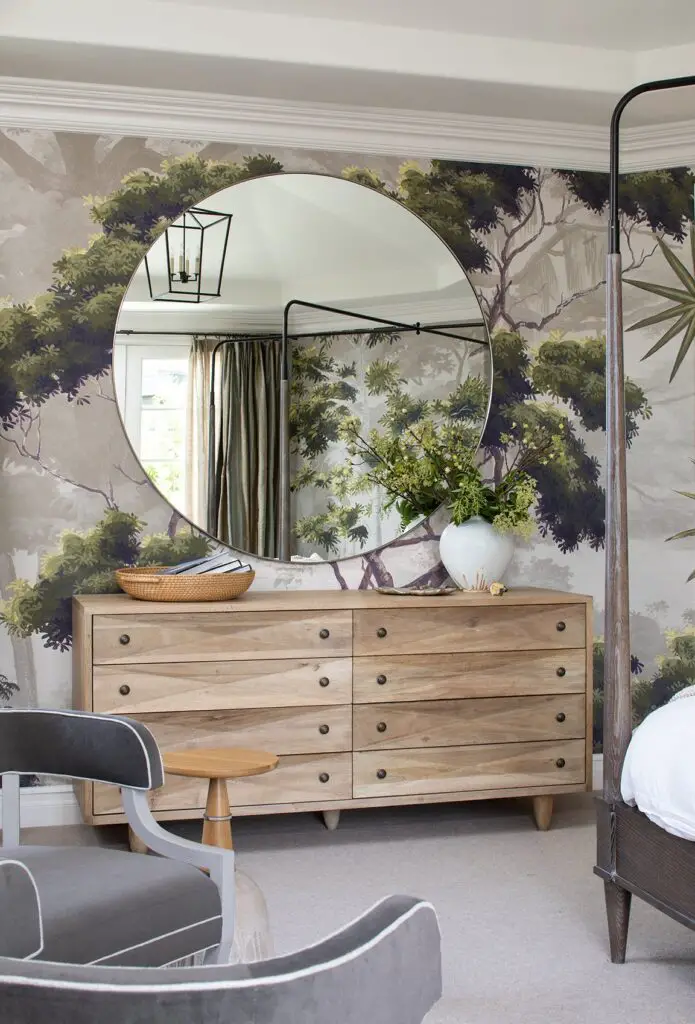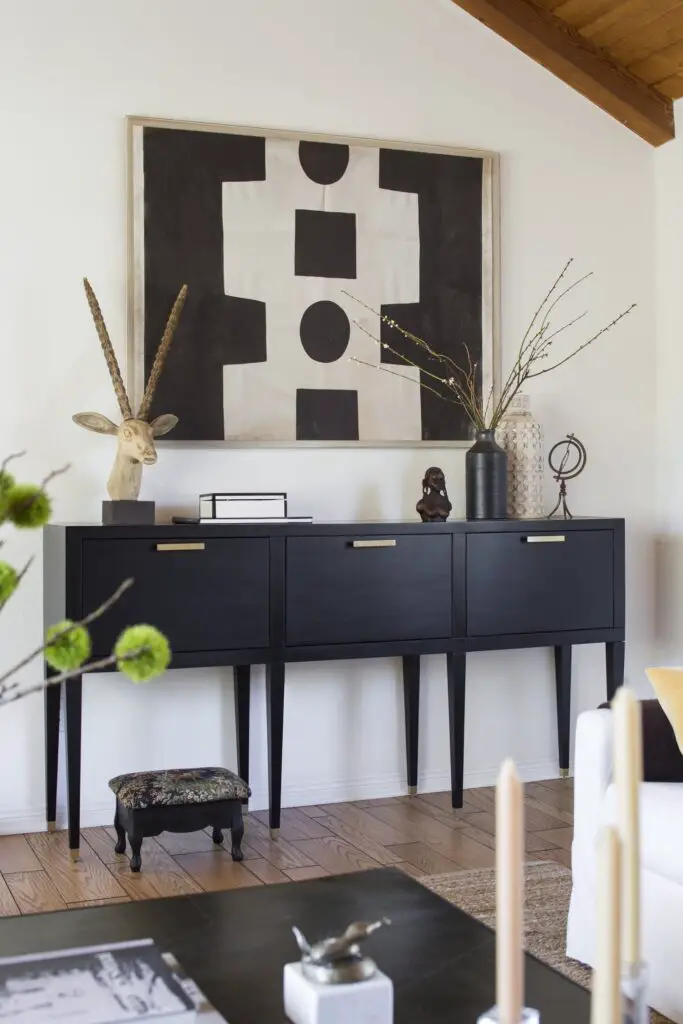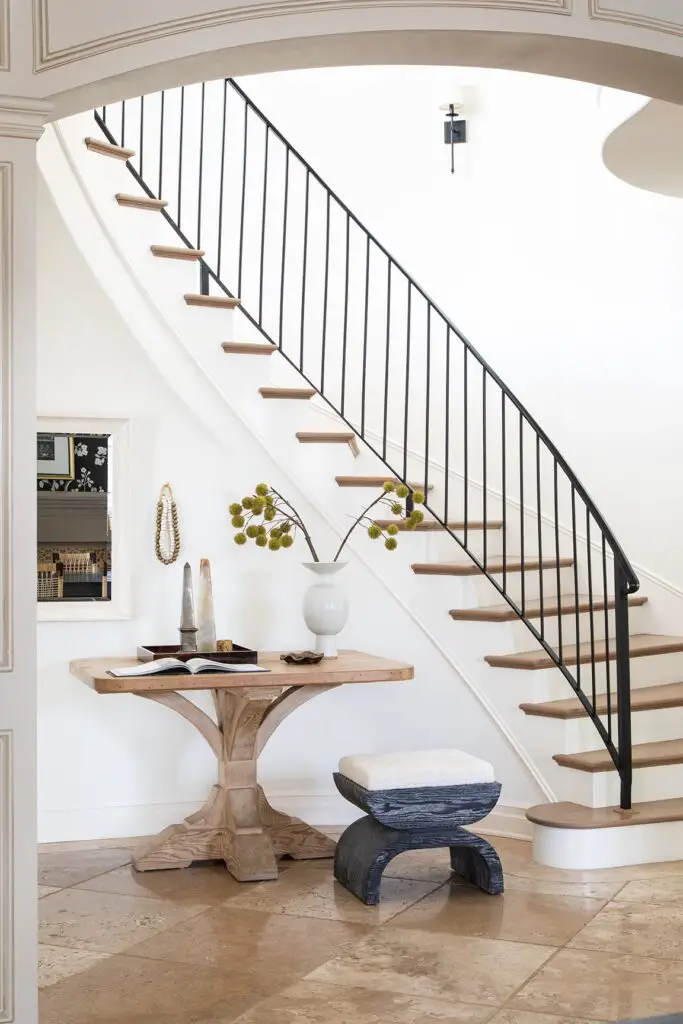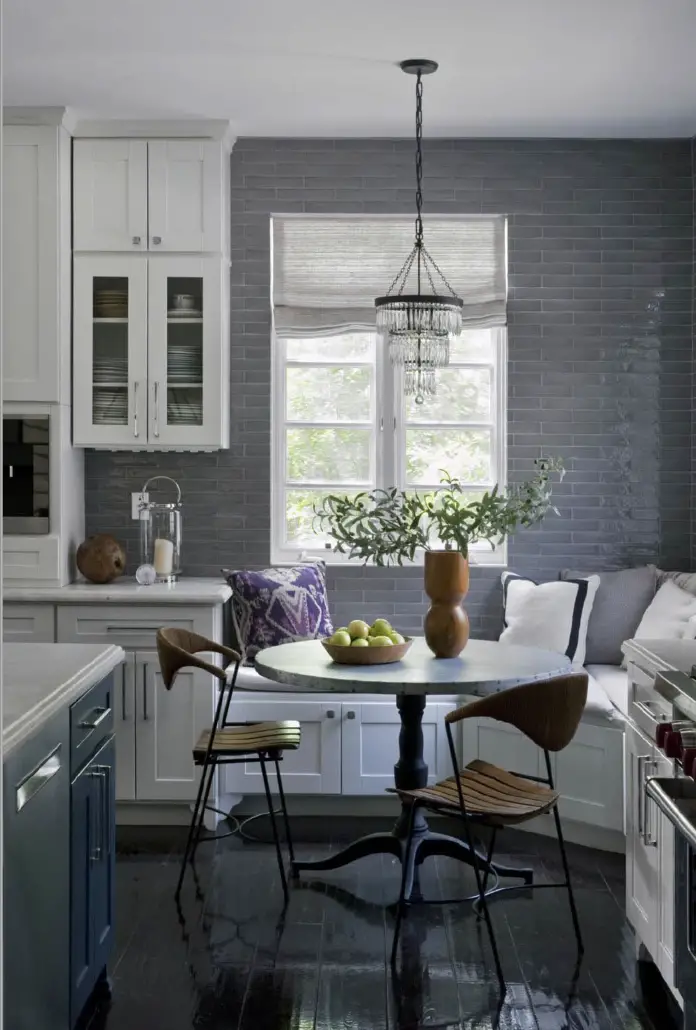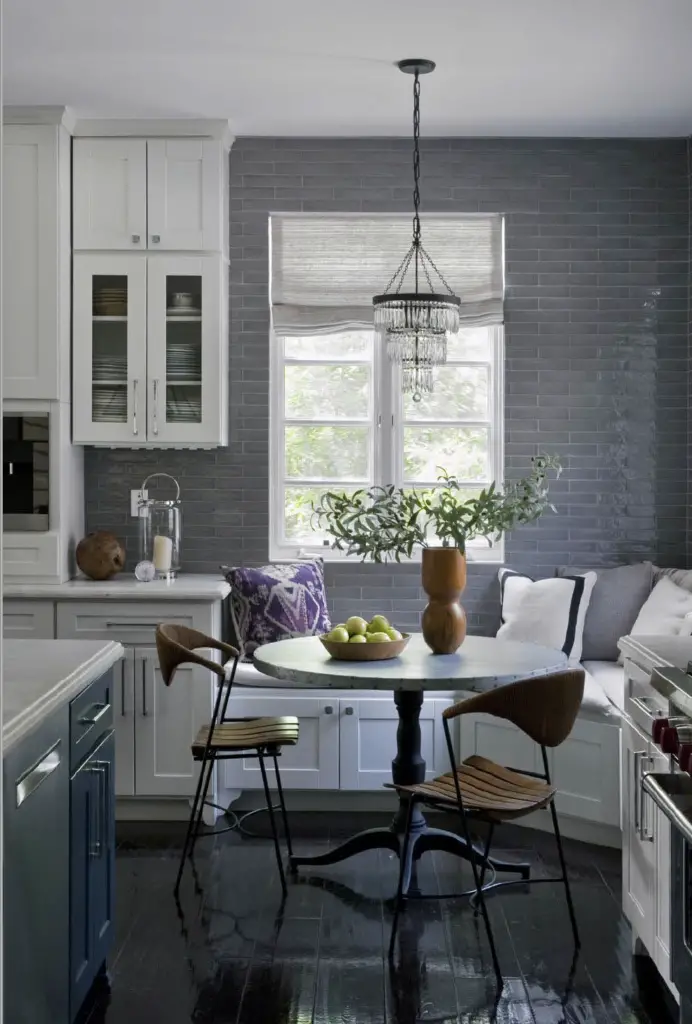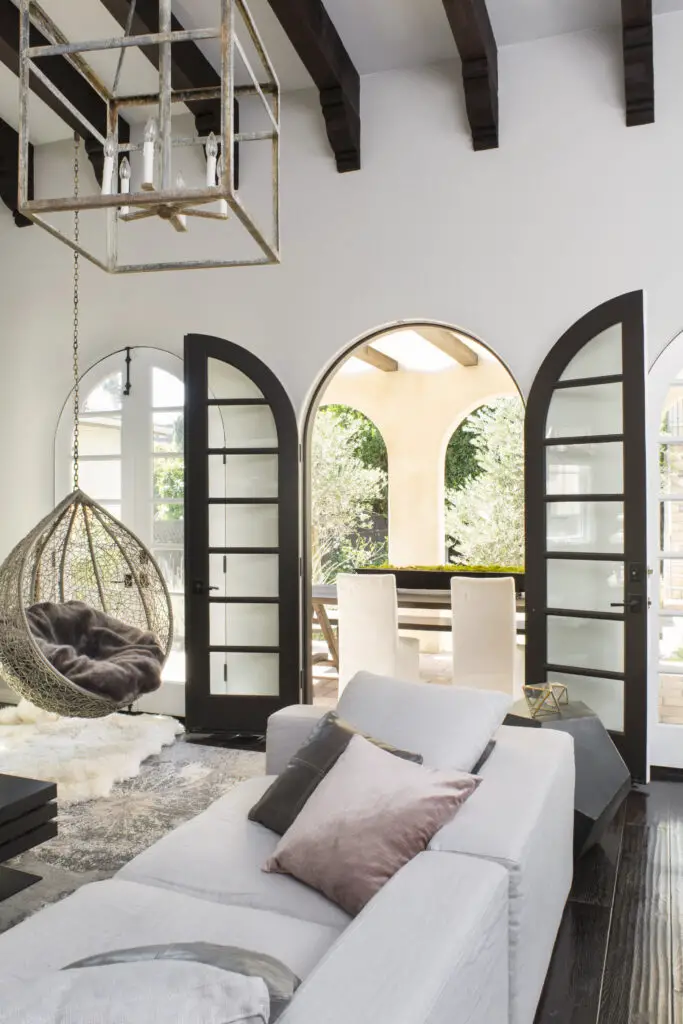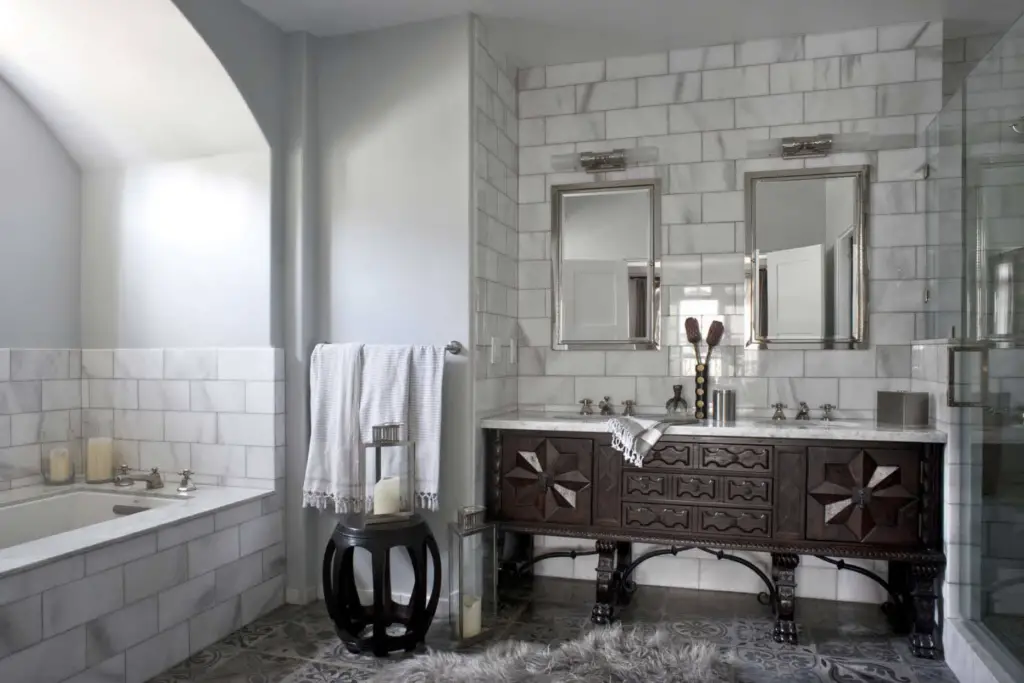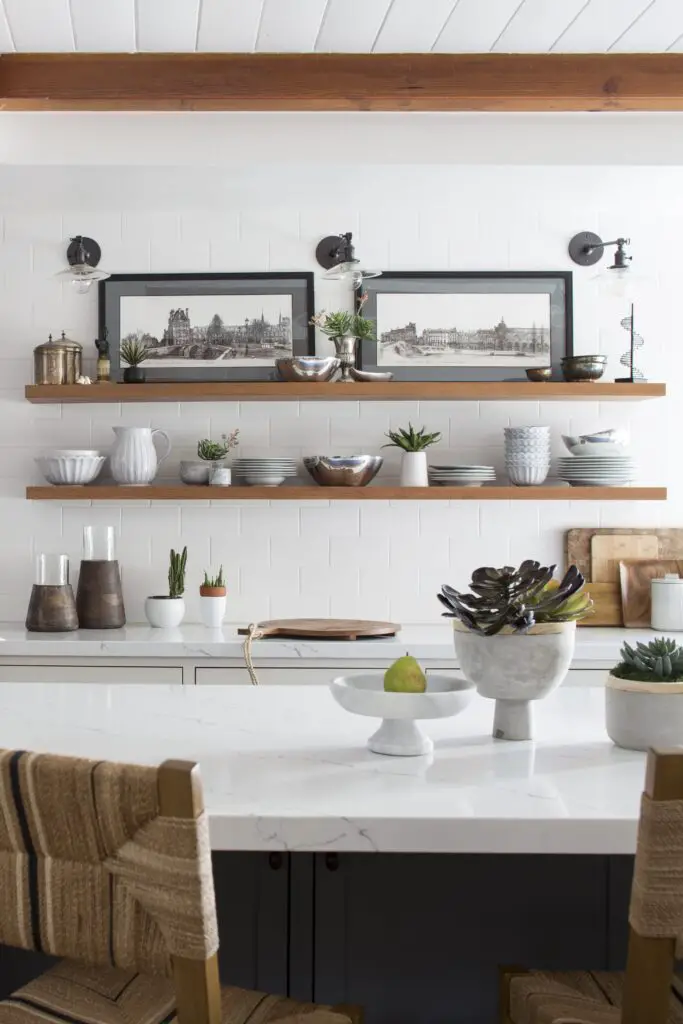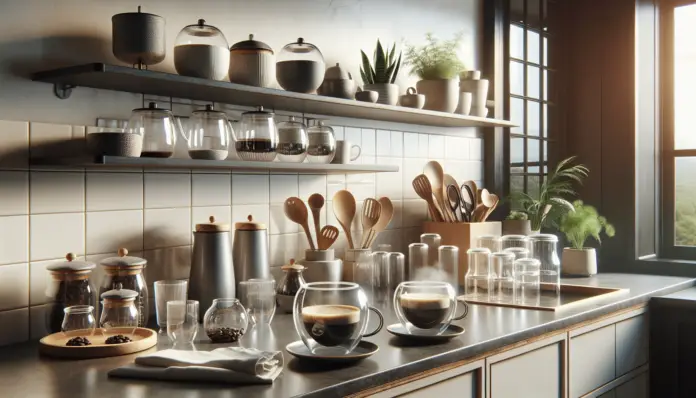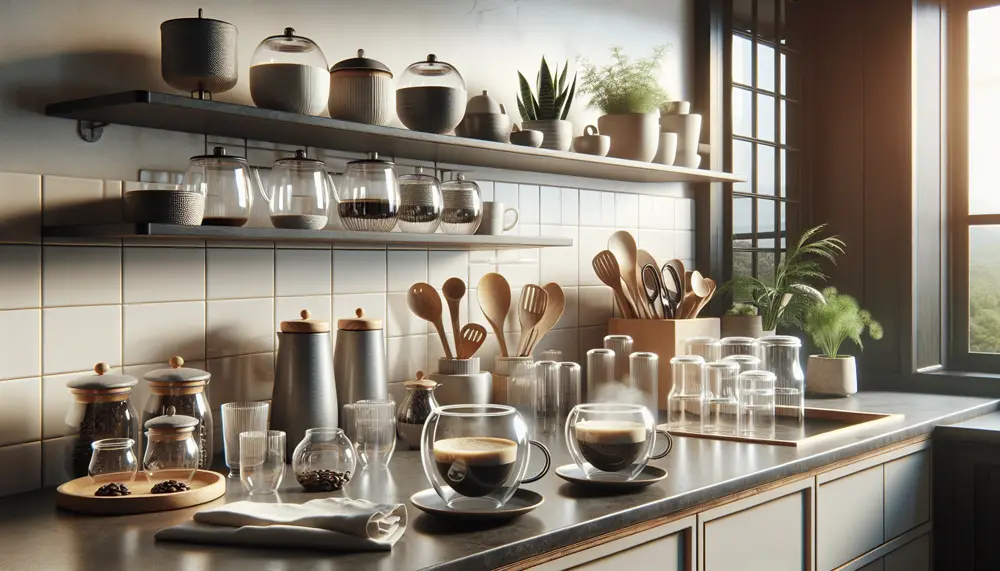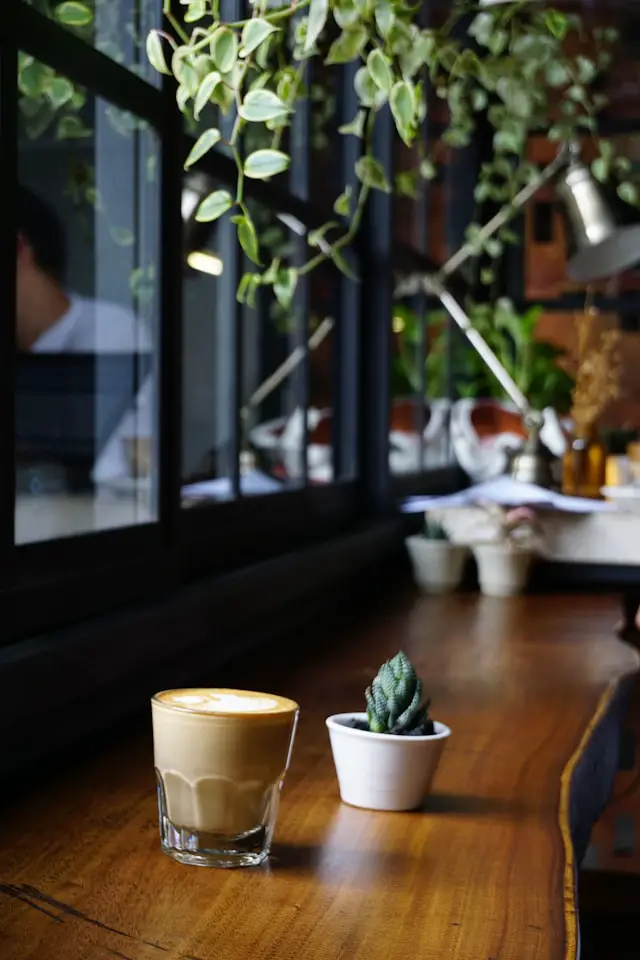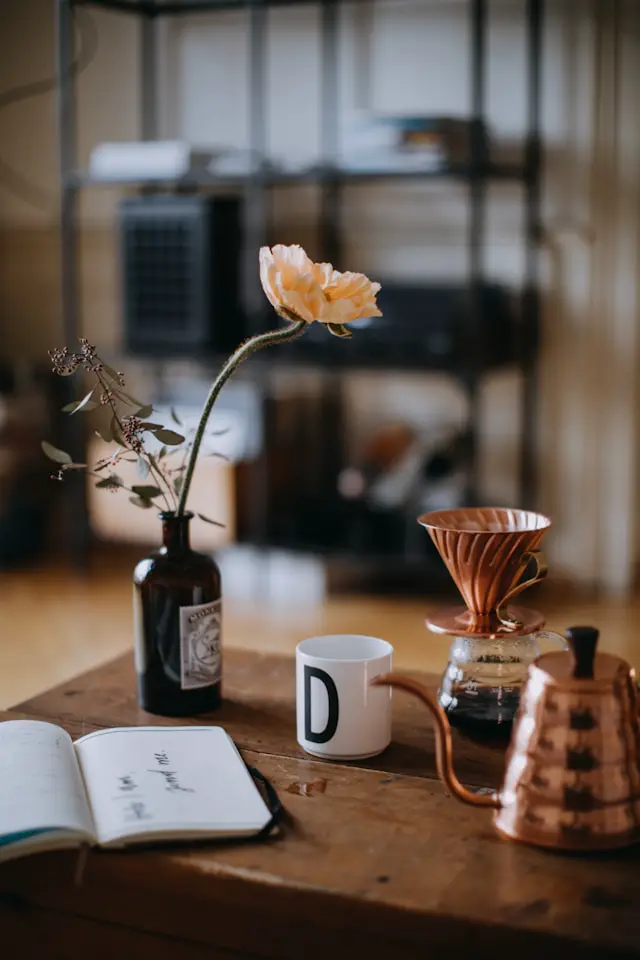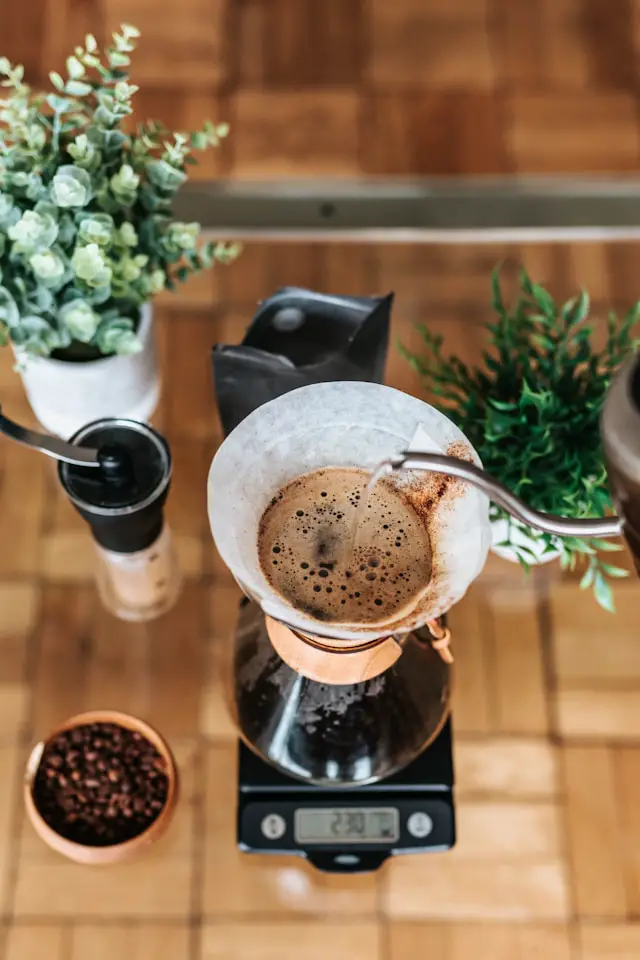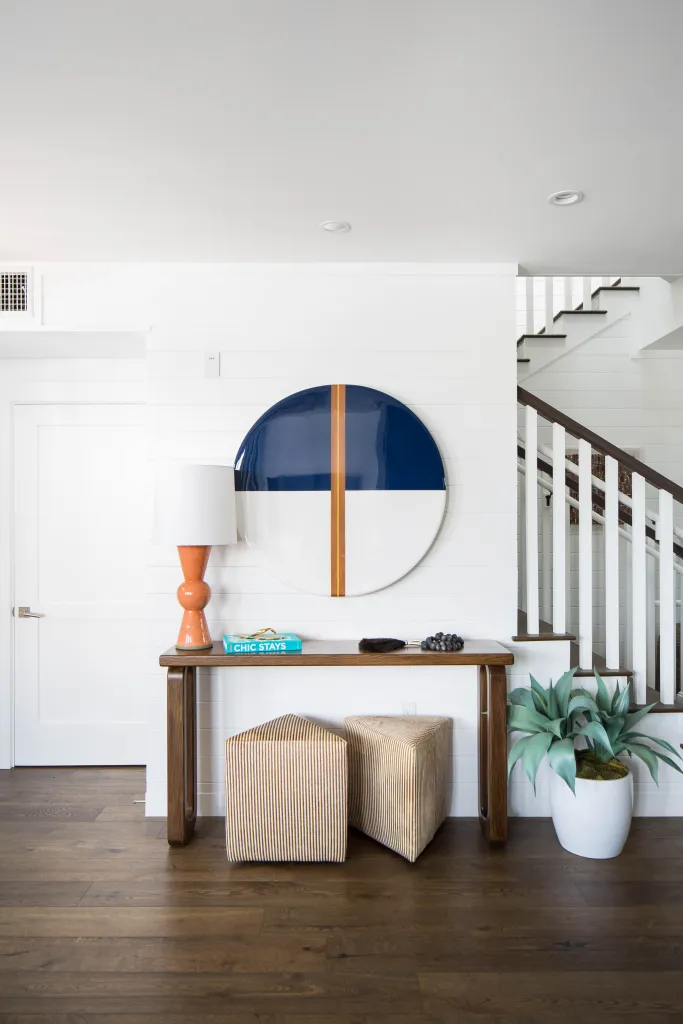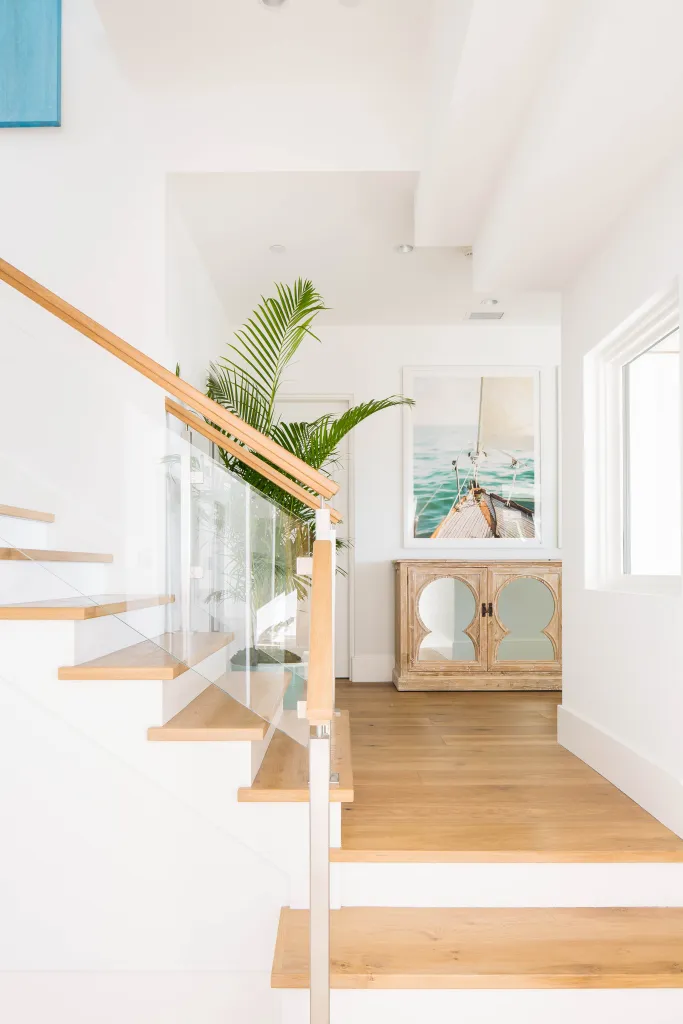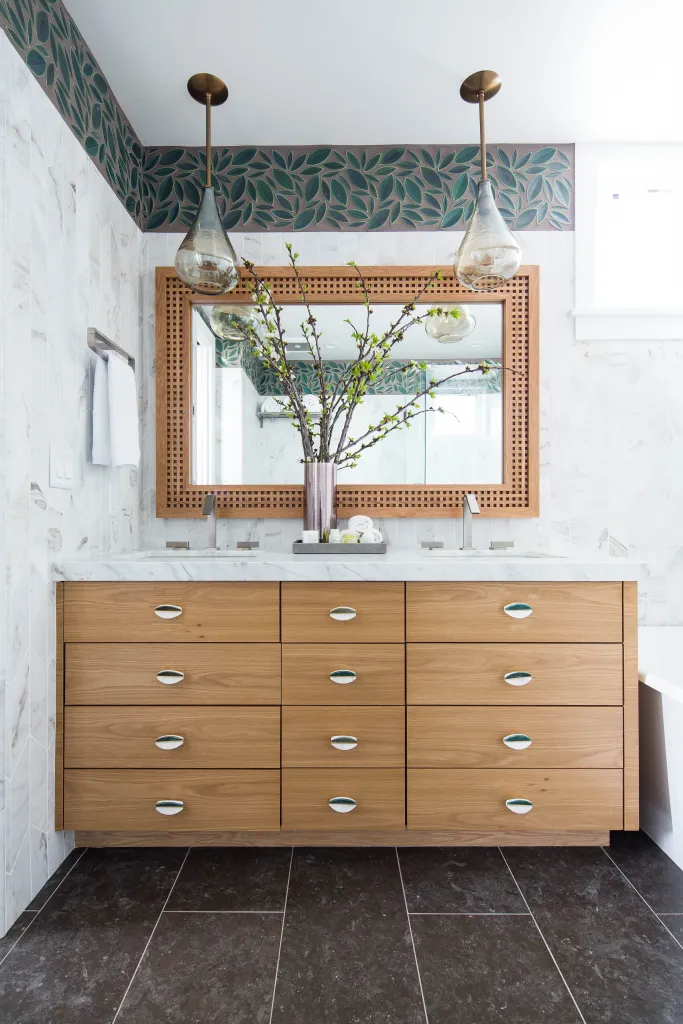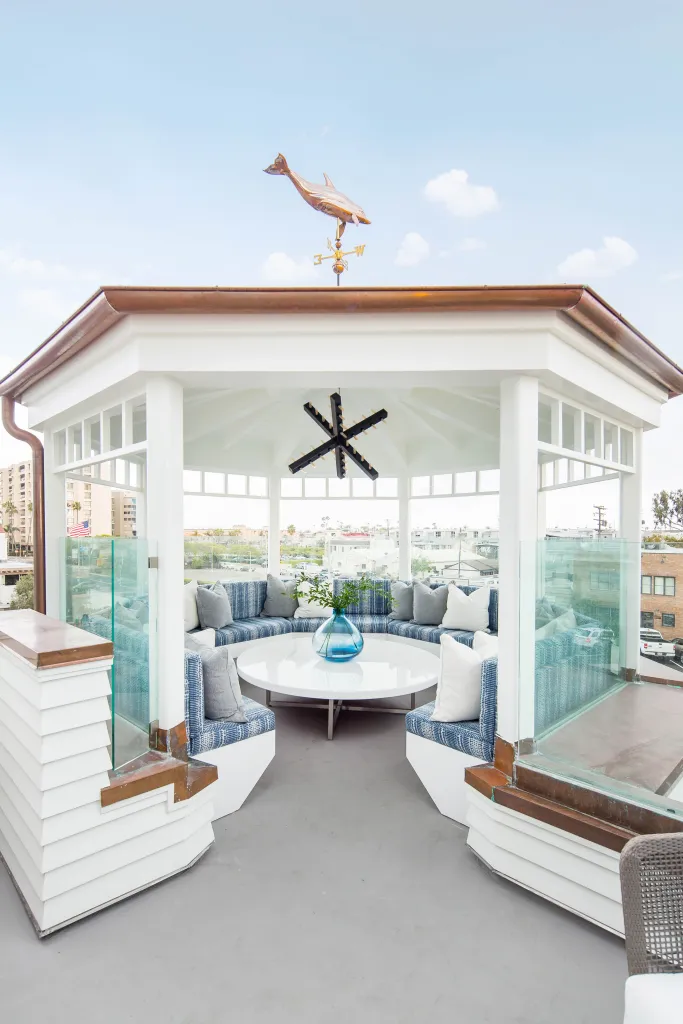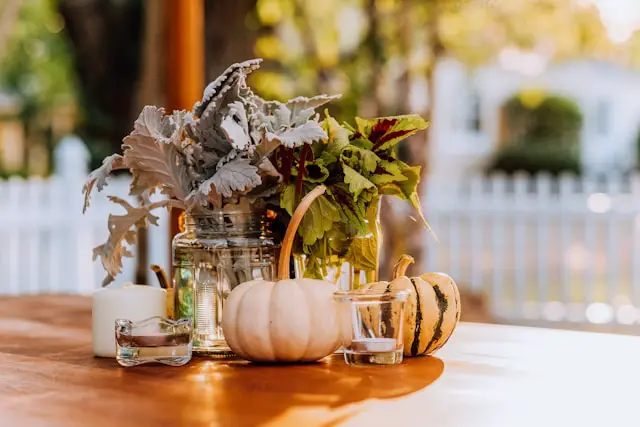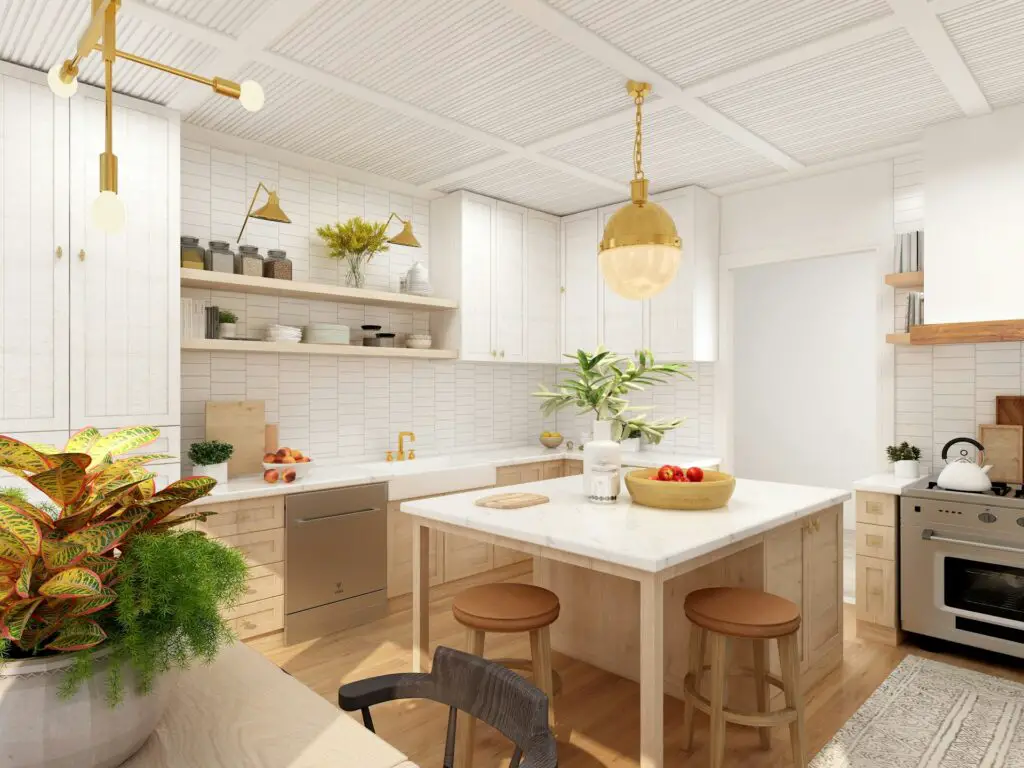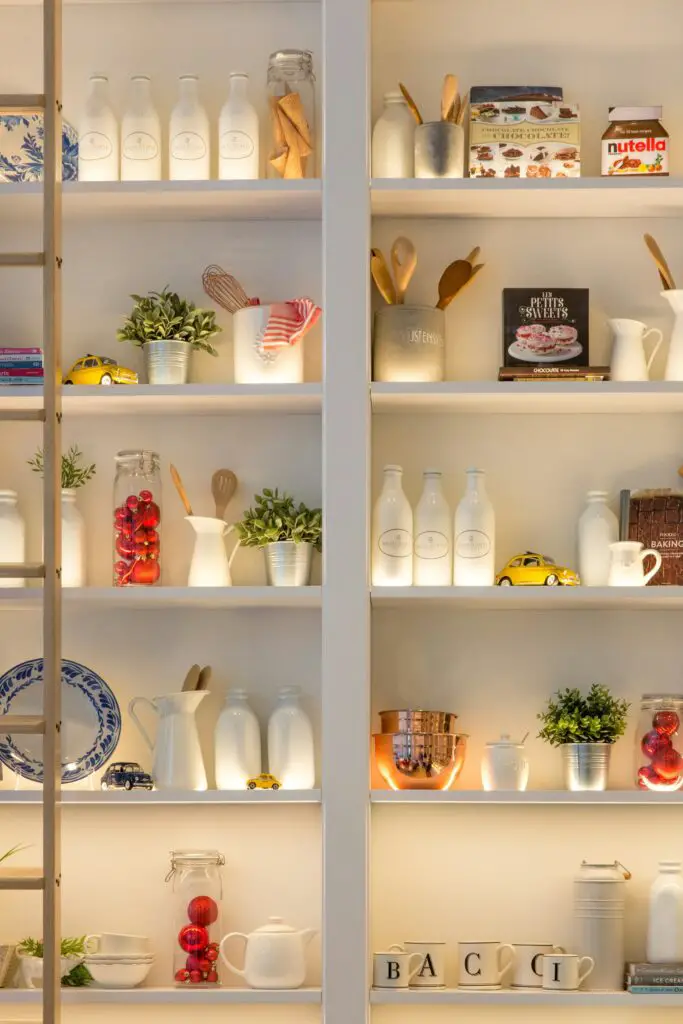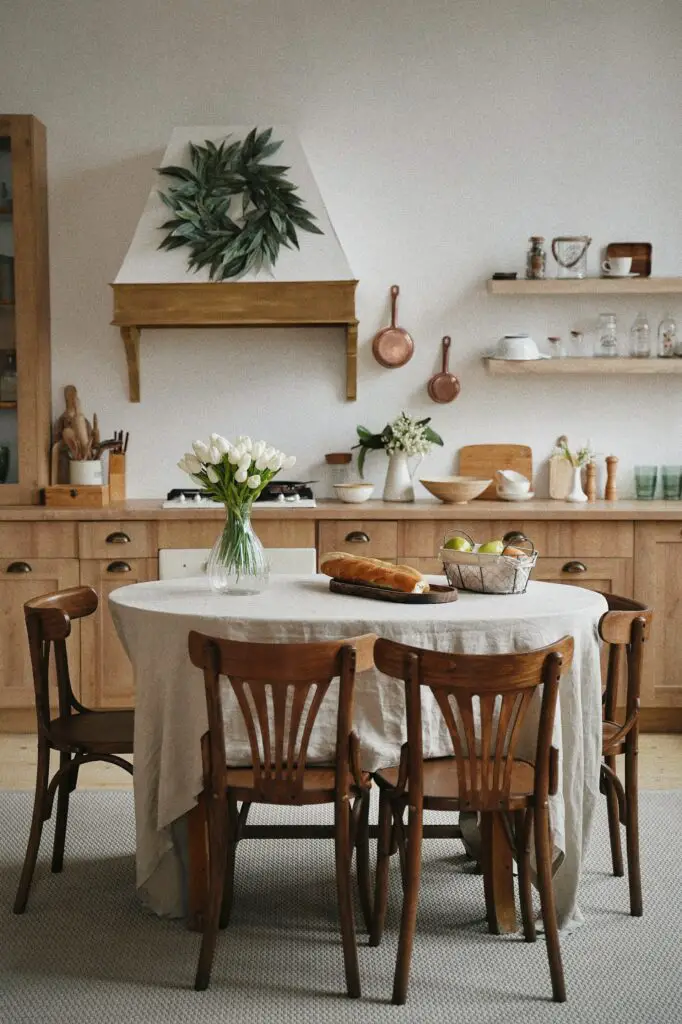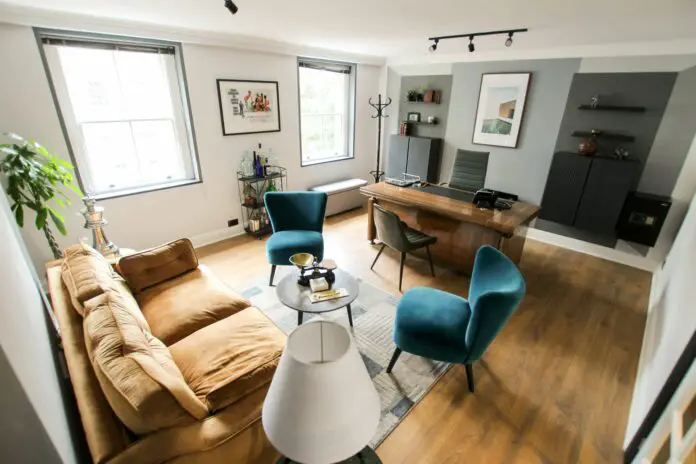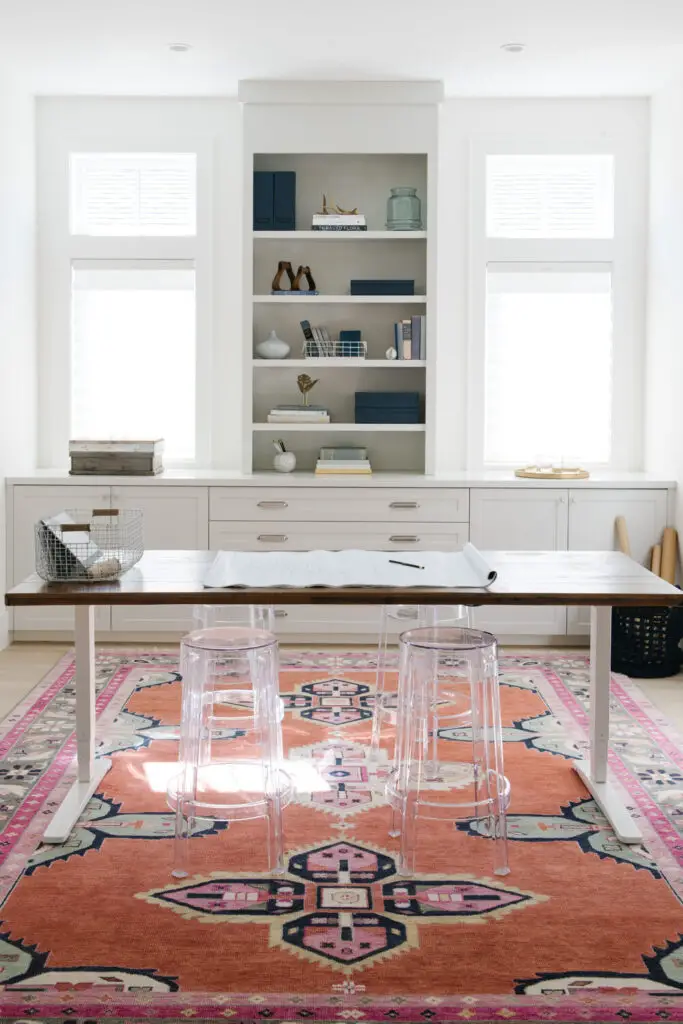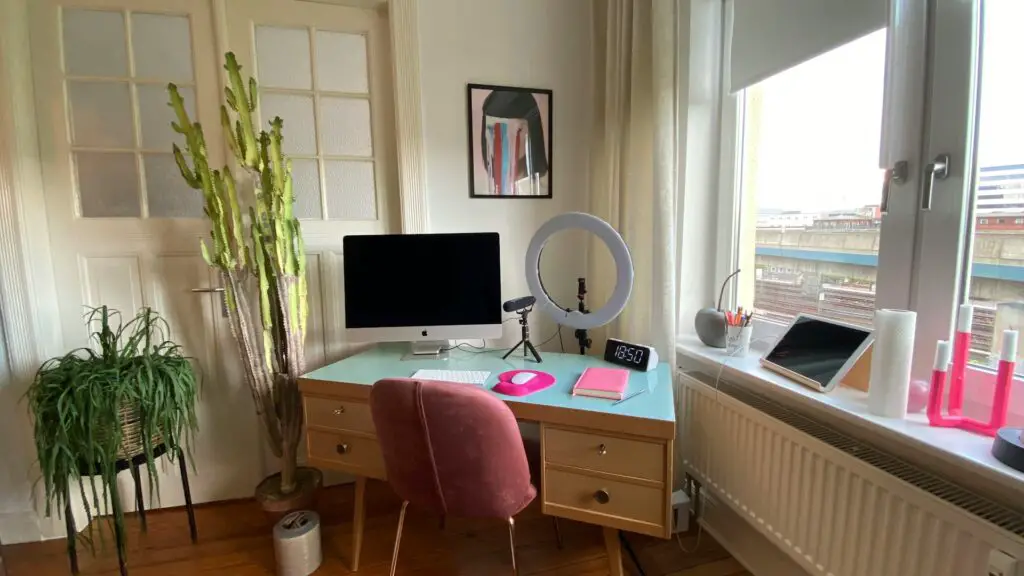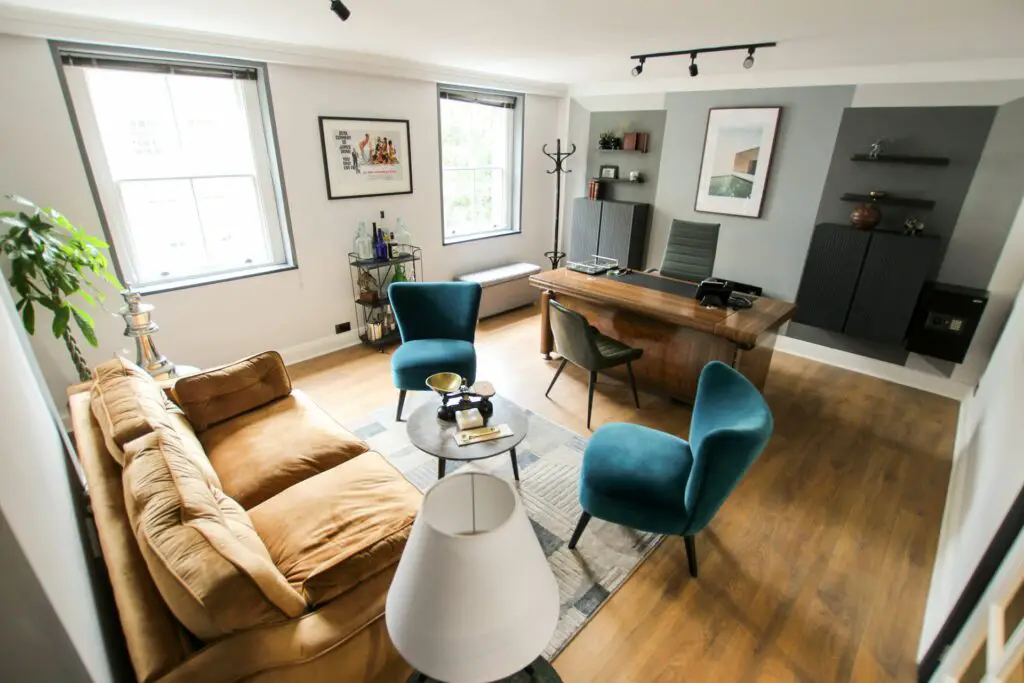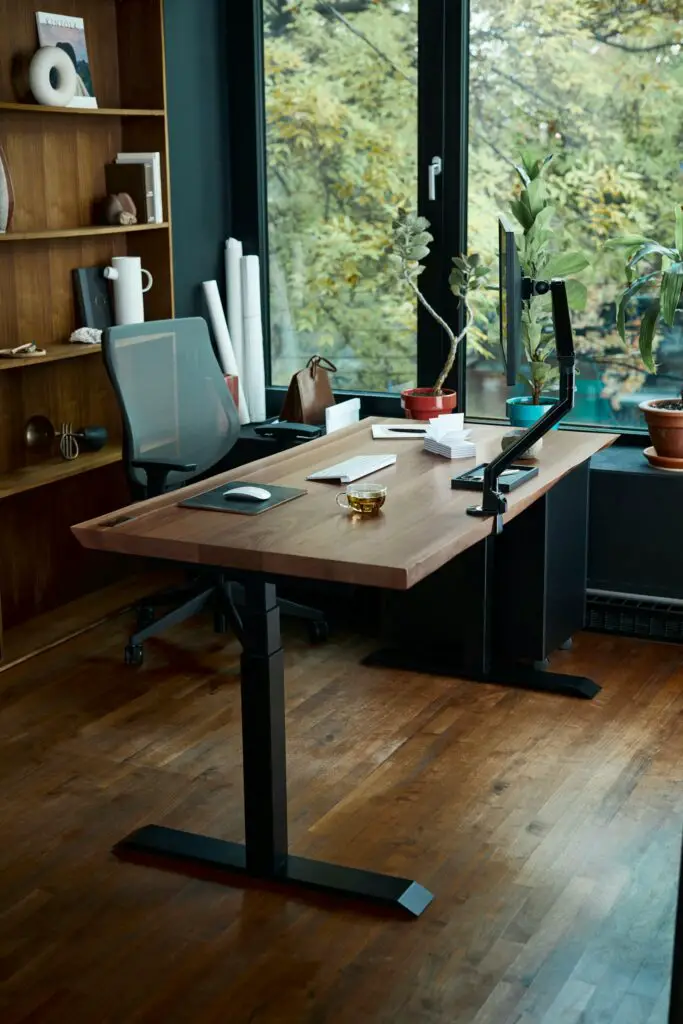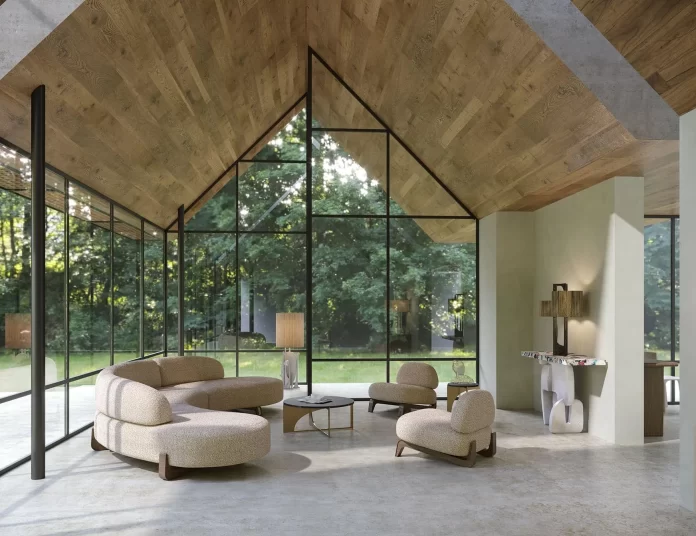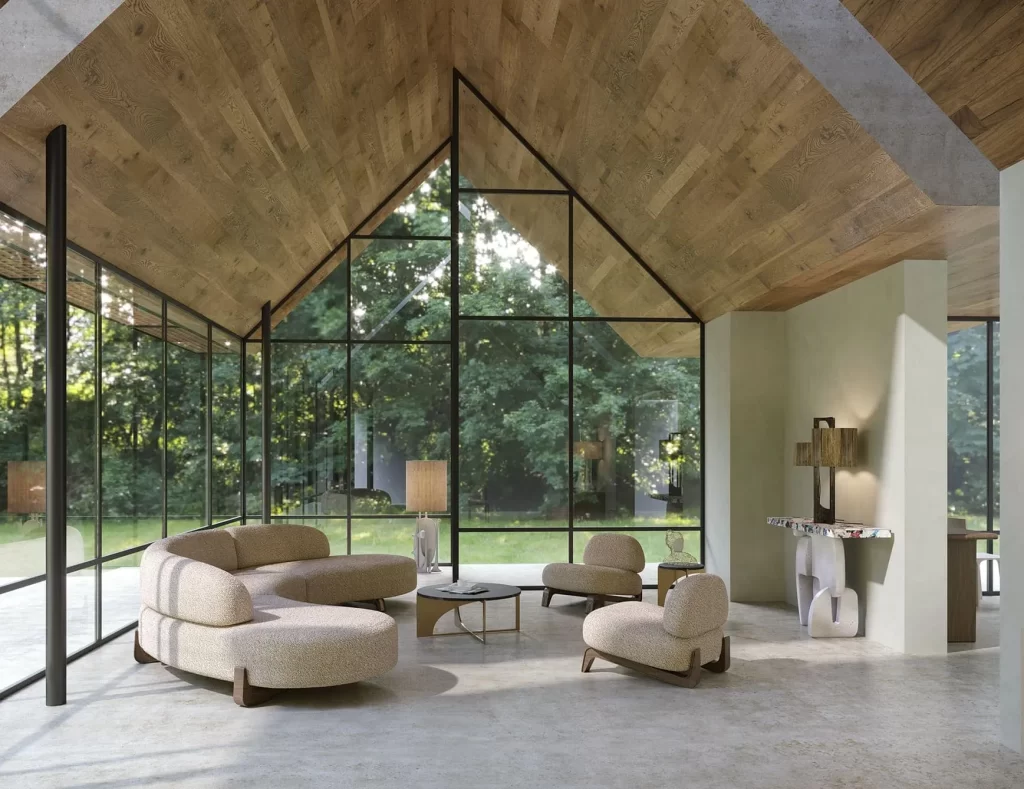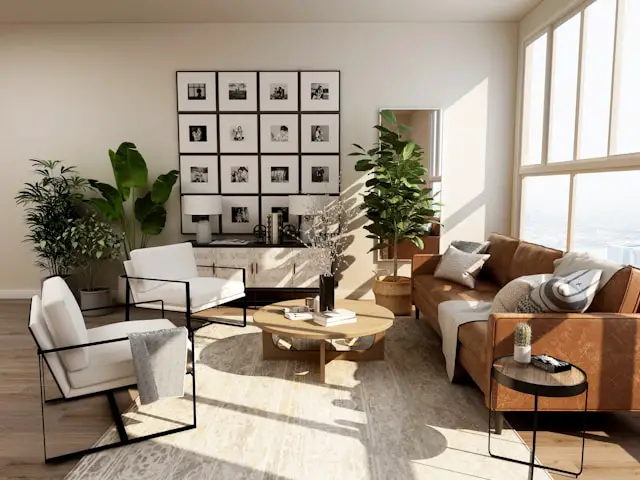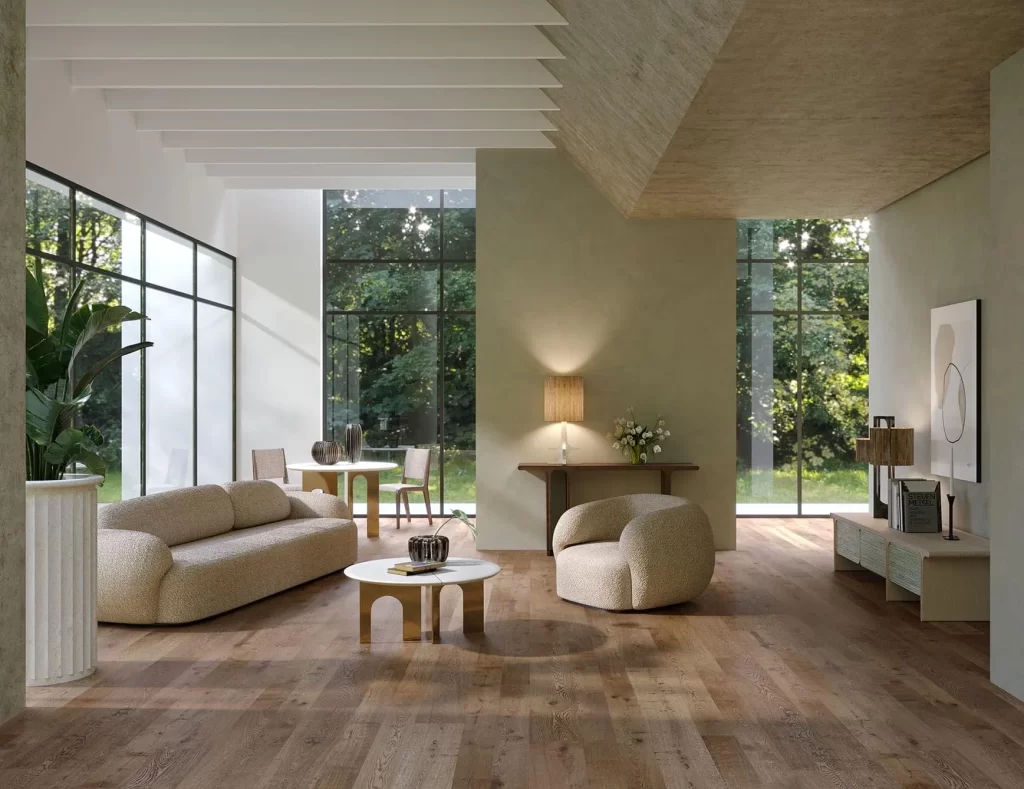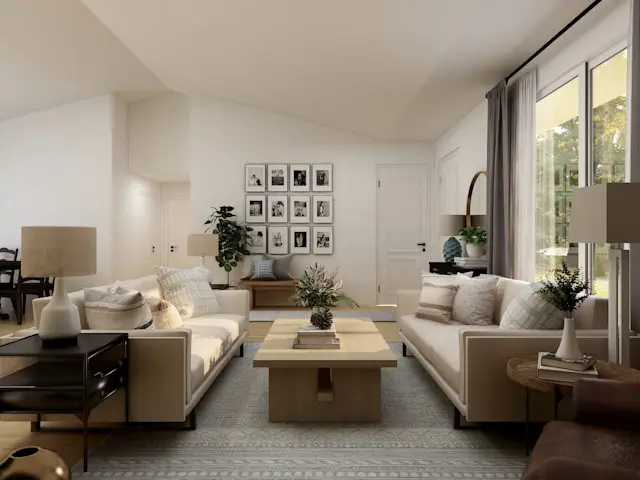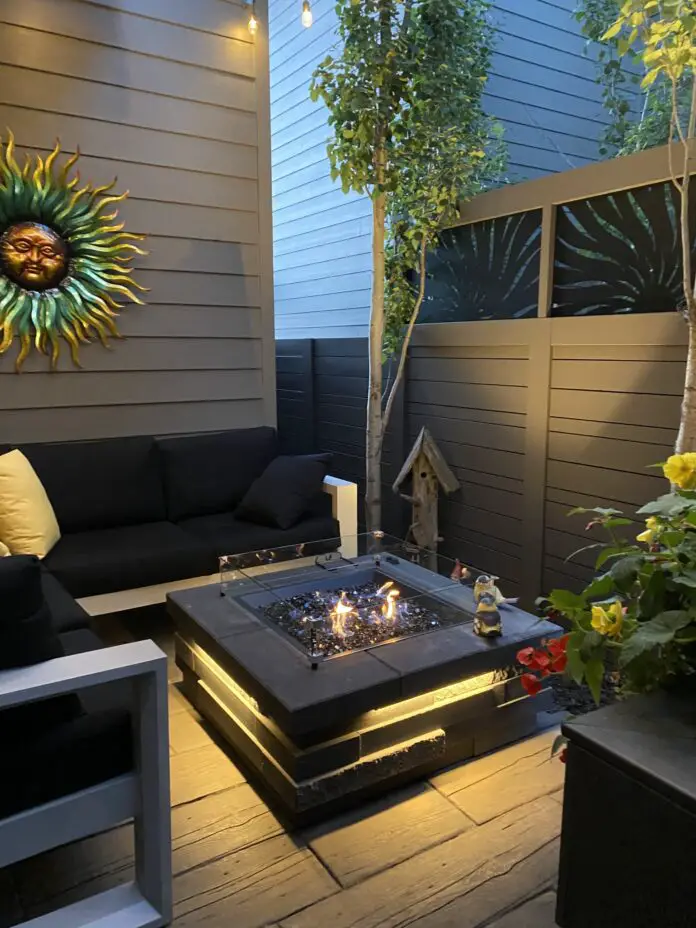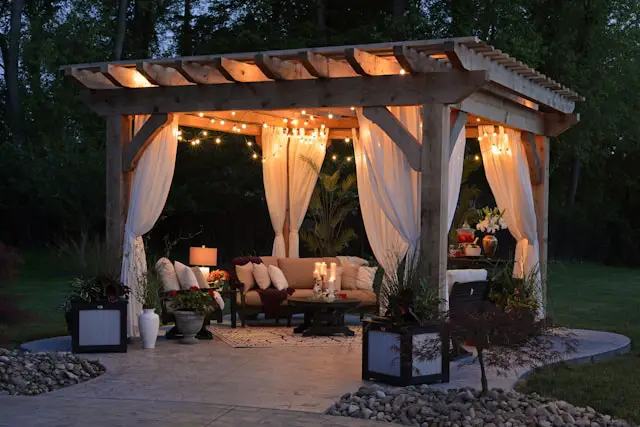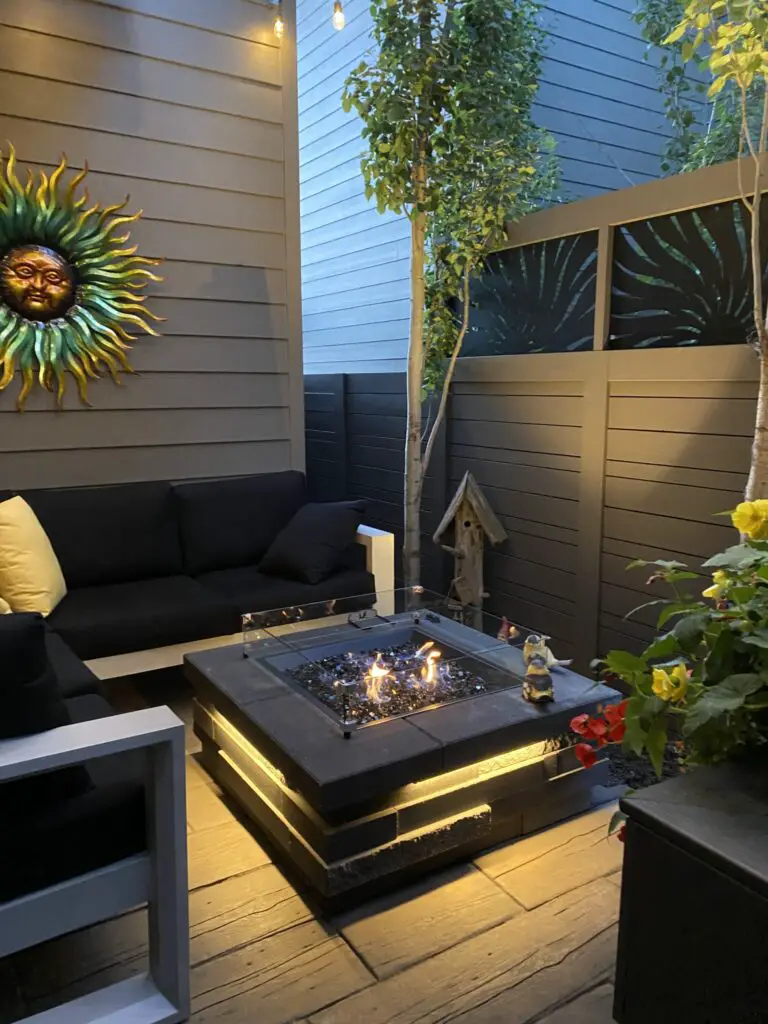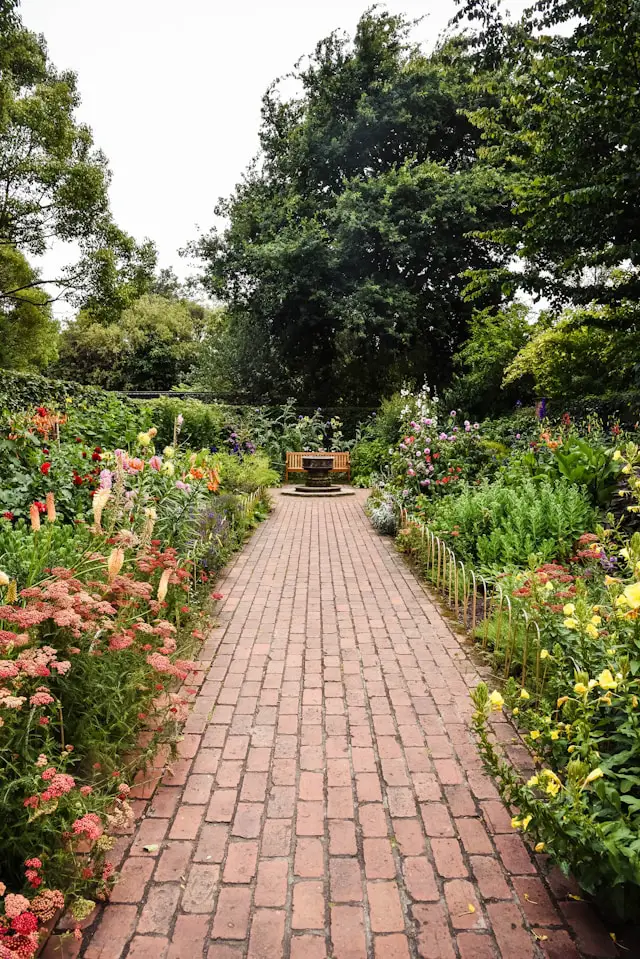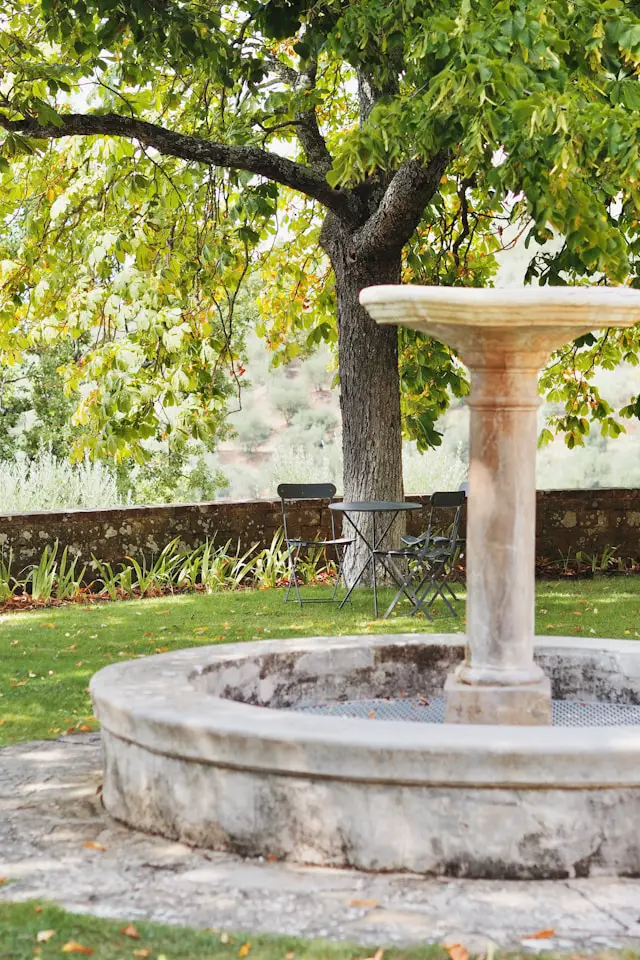The perfect laundry room combines functionality, efficiency, and aesthetics. Here are the key elements that make the perfect laundry room:
Efficient Layout:
Work Triangle: Similar to a kitchen, the washer, dryer, and sink should form a triangle for easy access.
Ample Counter Space: Provides room for folding clothes and sorting laundry.
Ergonomic Design: Ensure machines are at a comfortable height to minimize bending and strain.
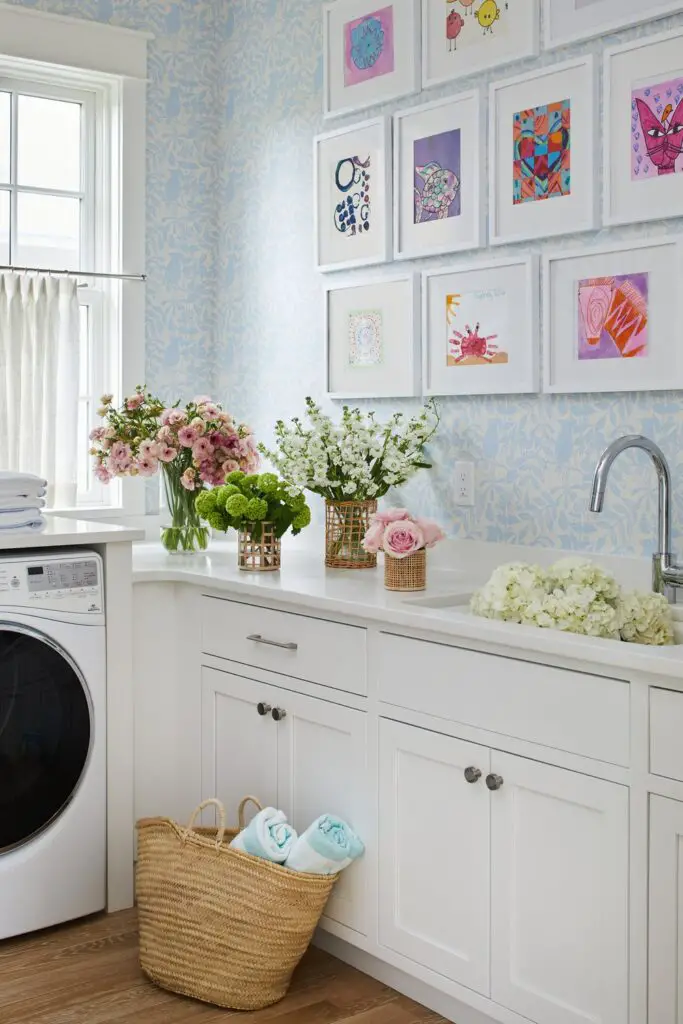
Adequate Storage:
Cabinets and Shelves: Store detergents, fabric softeners, and other laundry essentials.
Hampers and Bins: Separate hampers for sorting clothes by color or type.
Hanging Rods and Racks: For air-drying clothes and hanging freshly ironed garments.
Drawers: Keep small items like sewing kits, lint rollers, and spare buttons organized.
Utility Sink:
Deep Sink: Ideal for hand-washing delicate items and treating stains.
Sprayer Faucet: Adds versatility for different washing tasks.
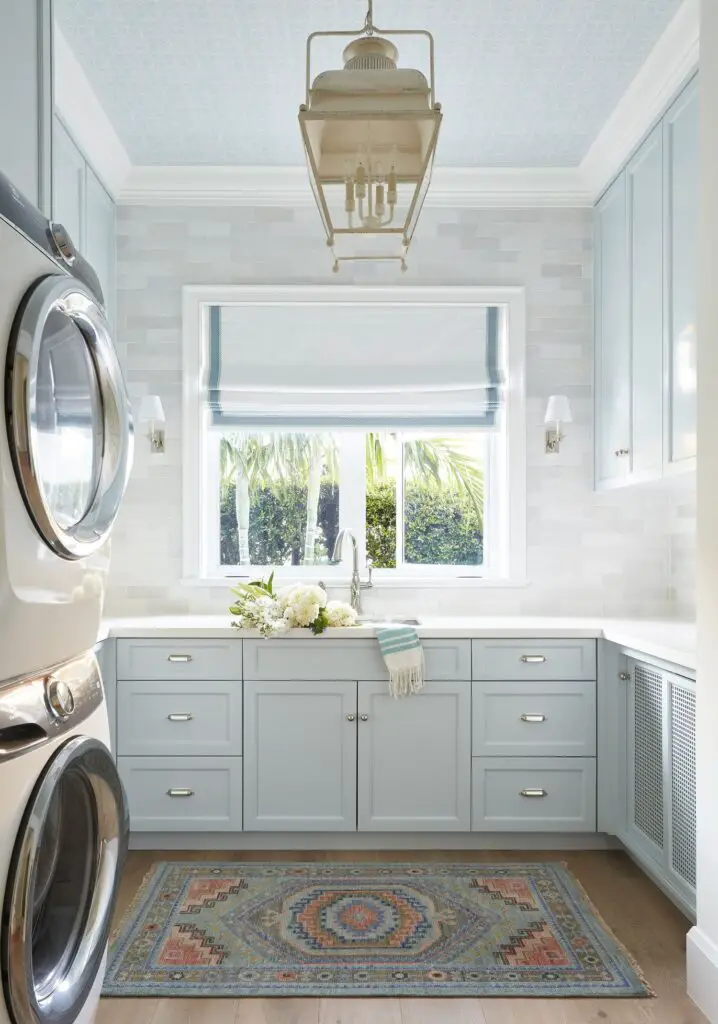
Lighting:
Bright Task Lighting: Ensures you can see stains and sort clothes effectively.
Ambient Lighting: Creates a welcoming atmosphere.
Ventilation:
Good Ventilation: Prevents moisture buildup and mold, and helps clothes dry faster.
Exhaust Fan: Ensures proper air circulation.
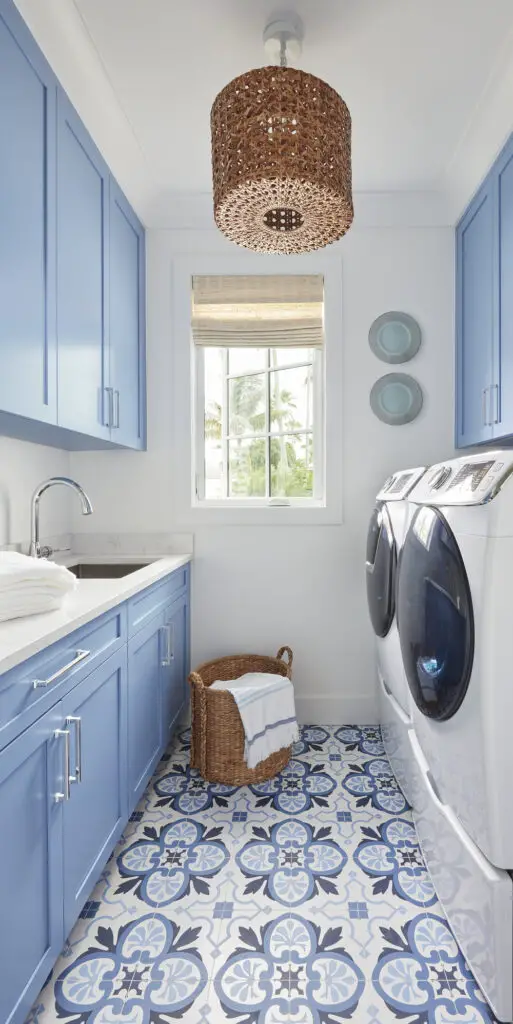
Durable Surfaces:
Water-Resistant Flooring: Such as tile or vinyl, to withstand spills and moisture.
Easy-to-Clean Countertops: Materials like quartz or laminate that resist stains and are easy to wipe down.
Modern Appliances:
High-Efficiency Washer and Dryer: Save energy and water, and offer advanced features.
Stackable Units: Save space in smaller laundry rooms.
Smart Features:
Smart Appliances: Controlled via smartphone apps for convenience.
Integrated Ironing Station: Fold-away ironing boards and storage for irons and supplies.
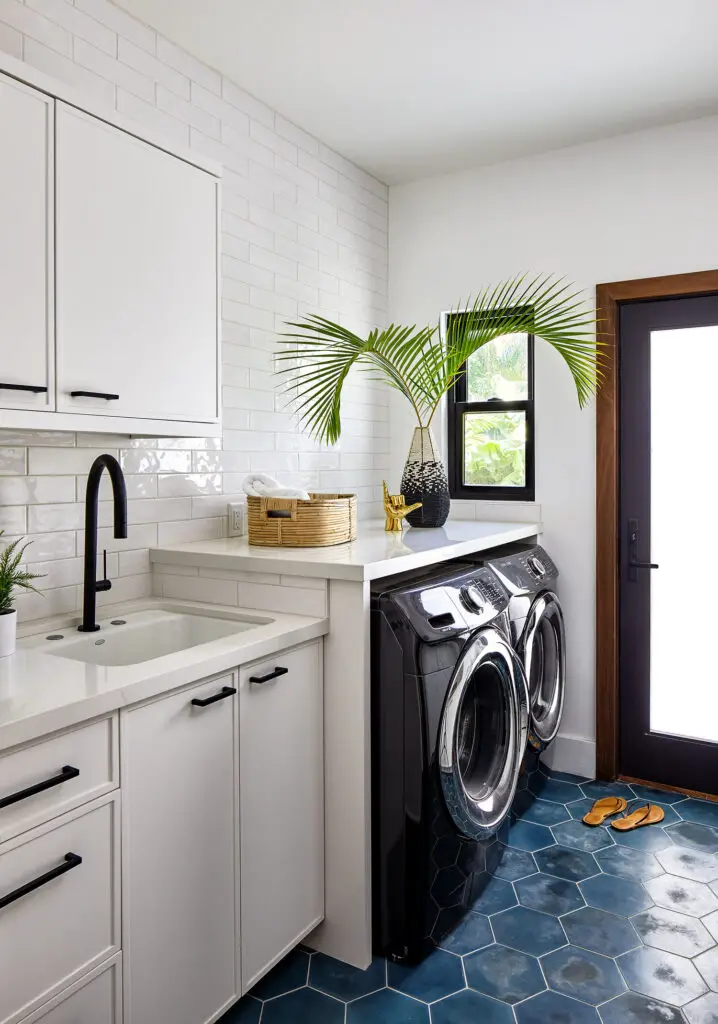
Aesthetic Touches:
Coordinated Color Scheme: Creates a pleasant and cohesive look.
Decorative Elements: Plants, artwork, or stylish containers to enhance the room’s appeal.
Accessibility:
Wide Doorways: For easy access with laundry baskets.
Accessible Design: Consider height and reach for all users, including those with mobility issues.
What makes the perfect laundry room?
By combining these elements, you create a laundry room that is not only efficient and functional but also a pleasant space to spend time in.






